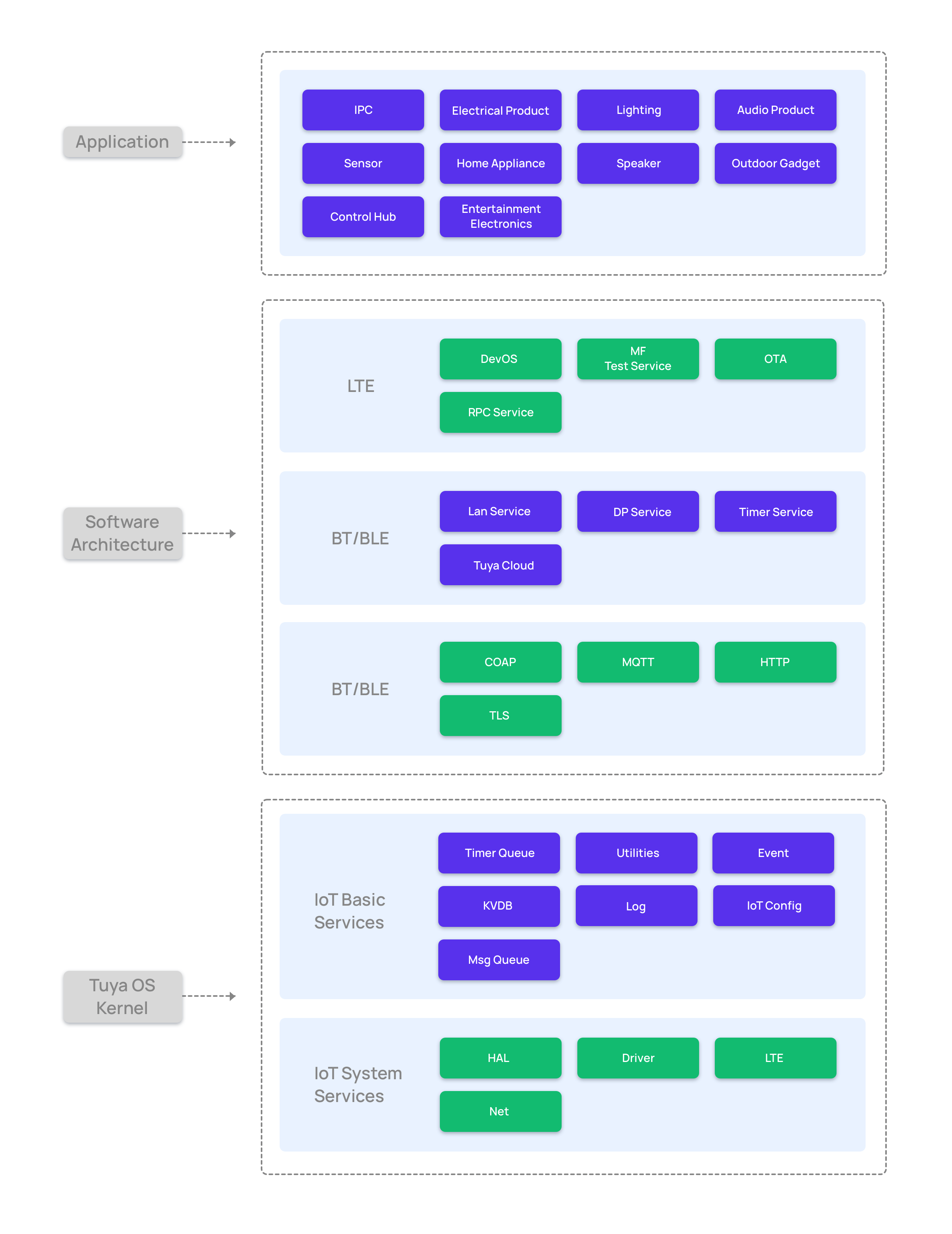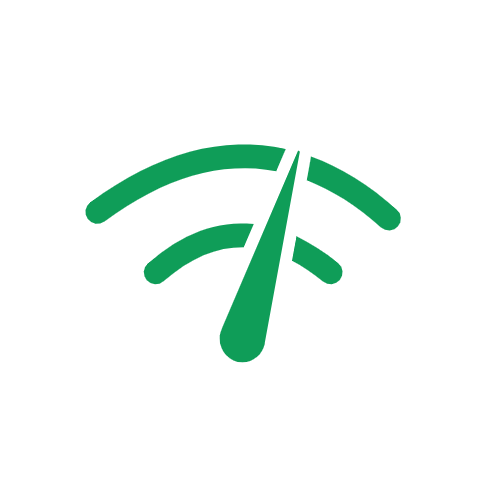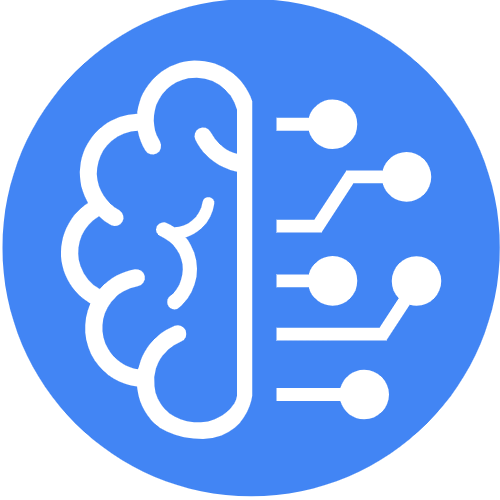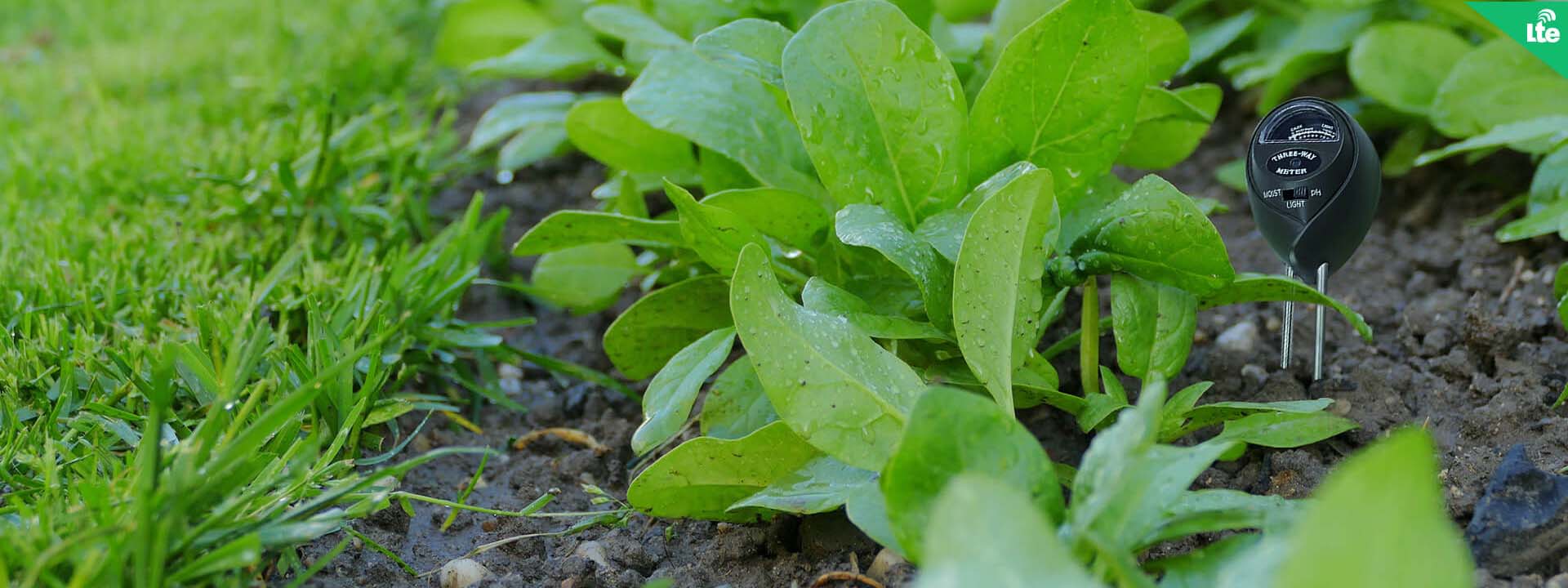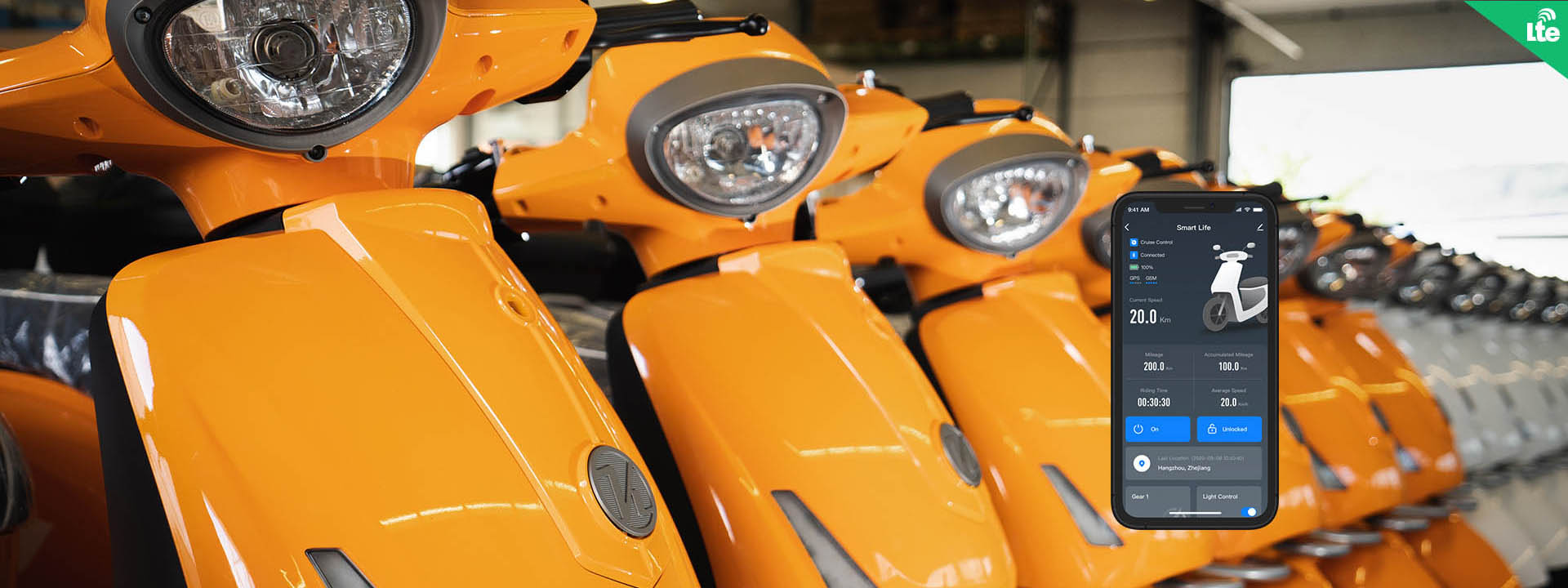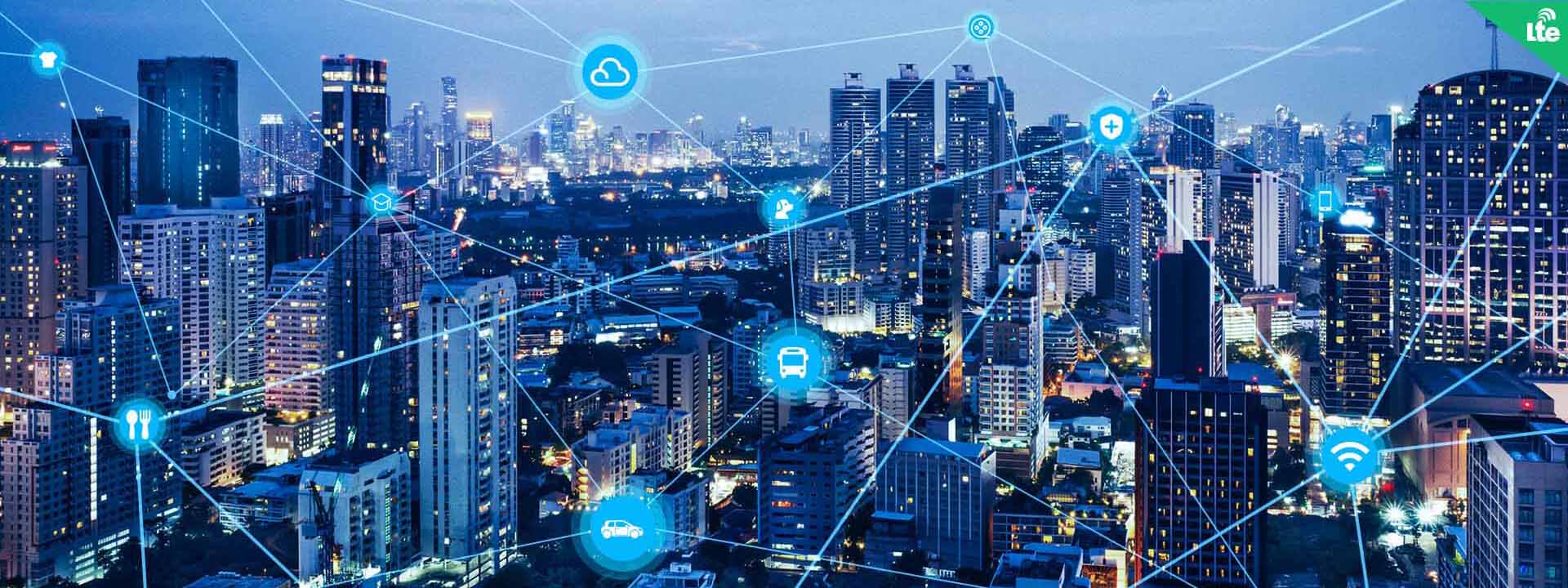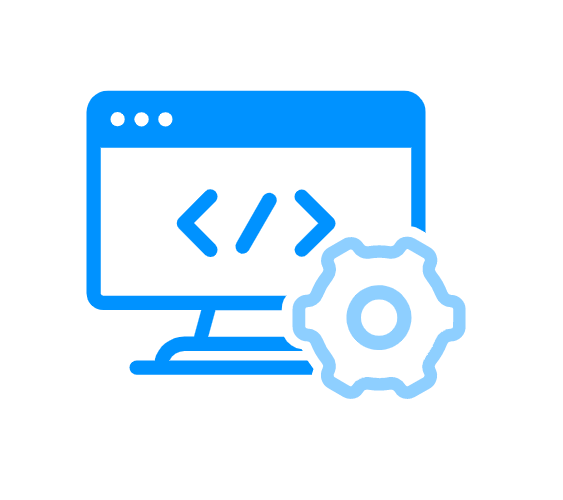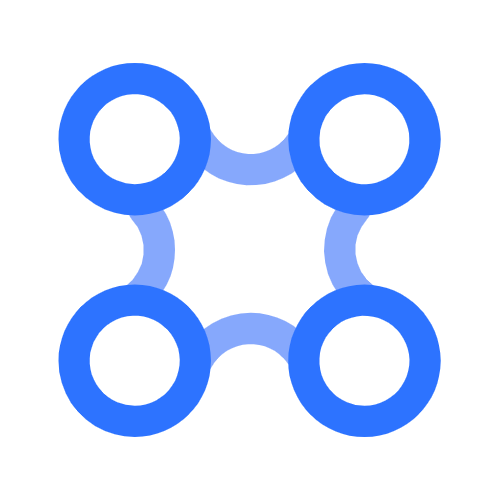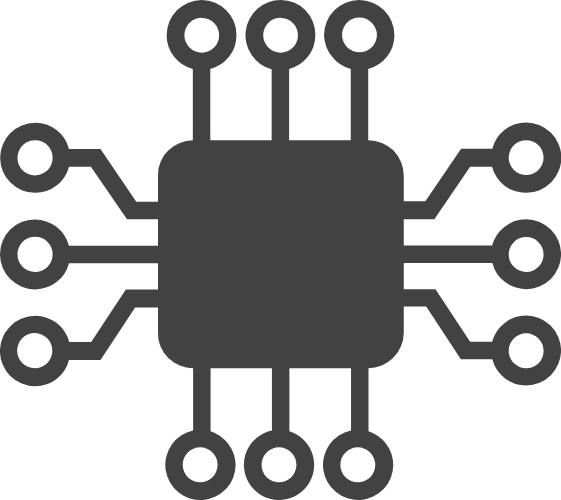4G LTE Solution
4G LTE Solution
The ubiquitous global mobile network empowers worldwide IoT deployment and interconnection.
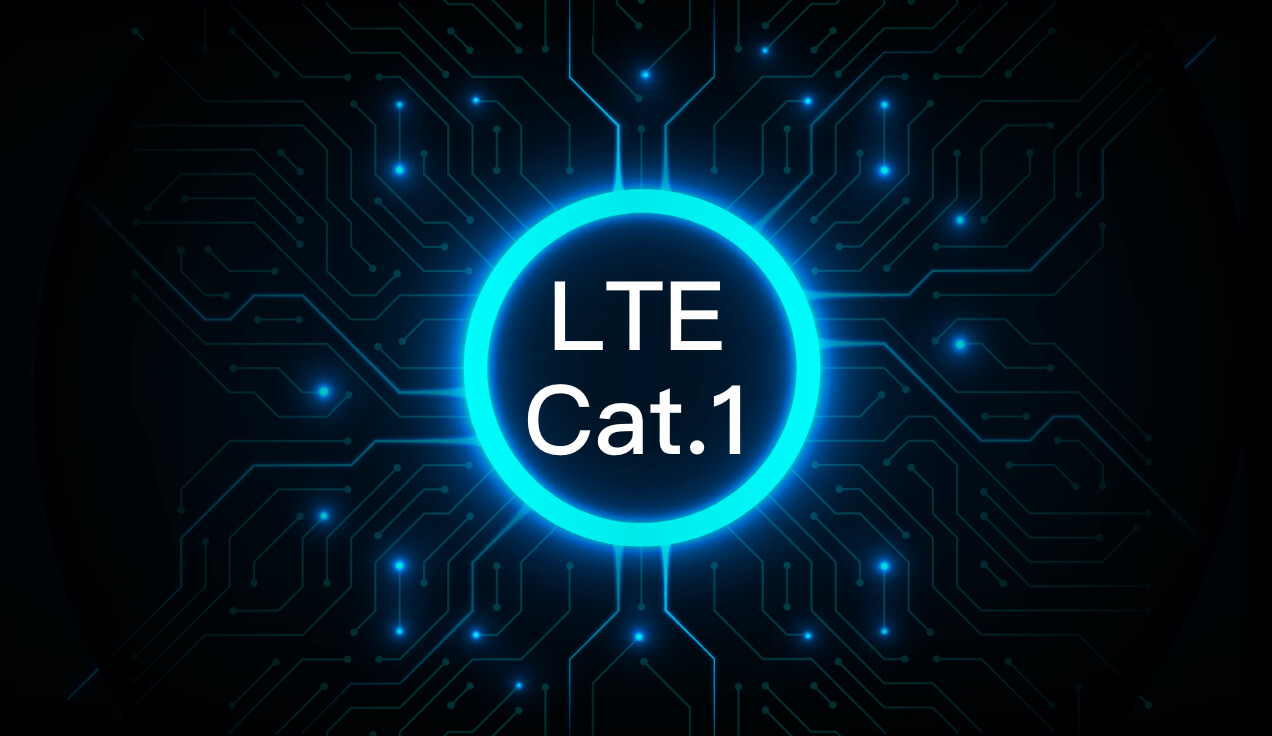
LTE Cat.1
Long-Term Evolution (LTE) is a standard for wireless broadband communication for mobile devices and data terminals. The goal of LTE is to increase the capacity and speed of wireless data networks using new digital signal processing (DSP) techniques and modulations that were developed around the turn of the millennium. A further goal is the redesign and simplification of the network architecture to an IP-based system with significantly reduced transfer latency compared with the 3G architecture.
LTE Cat. M
LTE Machine-to-Machine (LTE-M) is a cellular technology developed from LTE, which is introduced as low-cost LTE (LC-LTE) in 3GPP Release 12 specifications and LTE enhanced MTC (eMTC) in Release 13. LTE-M is specifically designed for the needs of IoT applications through an existing carrier wave. eMTC provides the broadest range of IoT capabilities, delivering up to 1 Mbit/s of throughput while utilizing just 1.4 MHz of bandwidth. It is designed to fully coexist with the existing LTE infrastructure. In the continuous evolution of LTE, the latest eMTC and NB-IoT further optimize the system cost, enhance endurance, and expand coverage. The key capability of eMTC is to support mobility and can be located at a cost of only 25% of the Cat1 chip, which is four times higher than the GPRS rate.
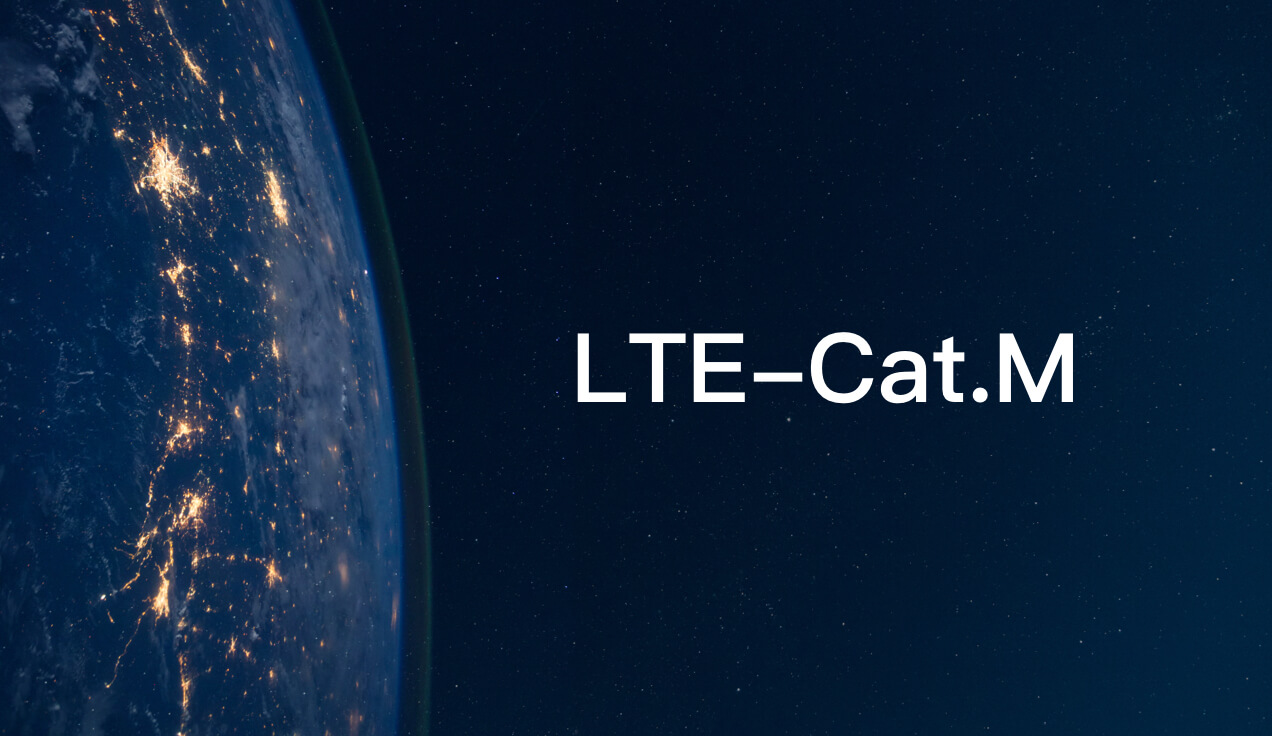
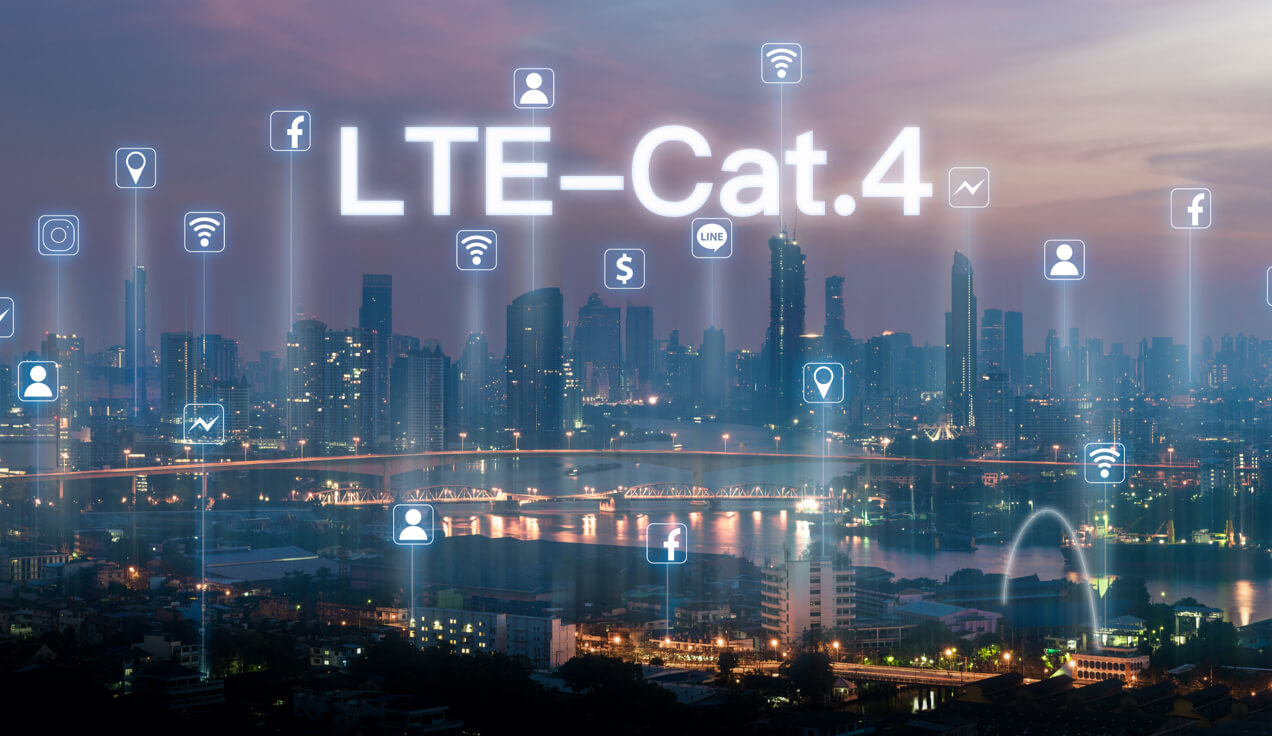
LTE User Equipment (UE) Category
LTE UE category is the set of information (parameters) that defines the maximum throughput for the user equipment. Different categories offer different properties for the 4G LTE delivered. LTE Cat. 4 and Cat. 6 indicate LTE network access capabilities of user equipment are 4 and 6 respectively. The higher the category is, the faster the transmission speed gets, while the response cost increases accordingly.
Benefits

Solution Architecture
By integrating devices, carriers, background, and SaaS software and hardware capabilities, IFREEQ provides developers with one-stop 4G LTE solutions.